Kitchen Medicine 101
10+ kitchen staple ingredients & recipes that will improve your health more than the $50 powder your favorite influencer is trying to sell you
The Healing Power of Everyday Ingredients
Starting a new health journey—or even just trying to make healthier choices—can feel overwhelming, especially when social media is flooded with endless supplements and pricey wellness products. That’s why I’ve been focusing on creating simple, accessible content that highlights foundational habits. Small, impactful changes that actually support your health—without the overwhelm or the hefty price tag.
Our kitchens are full of ingredients that not only make our meals taste delicious but also offer a wealth of health benefits. These humble kitchen staples have been used for centuries in various cultures for their medicinal properties. So, before you grab that bottle of medicine or click checkout on a new supplement or superfood powder, consider reaching for these everyday ingredients that double as kitchen medicine.
1. Ground Beef: The Protein Powerhouse

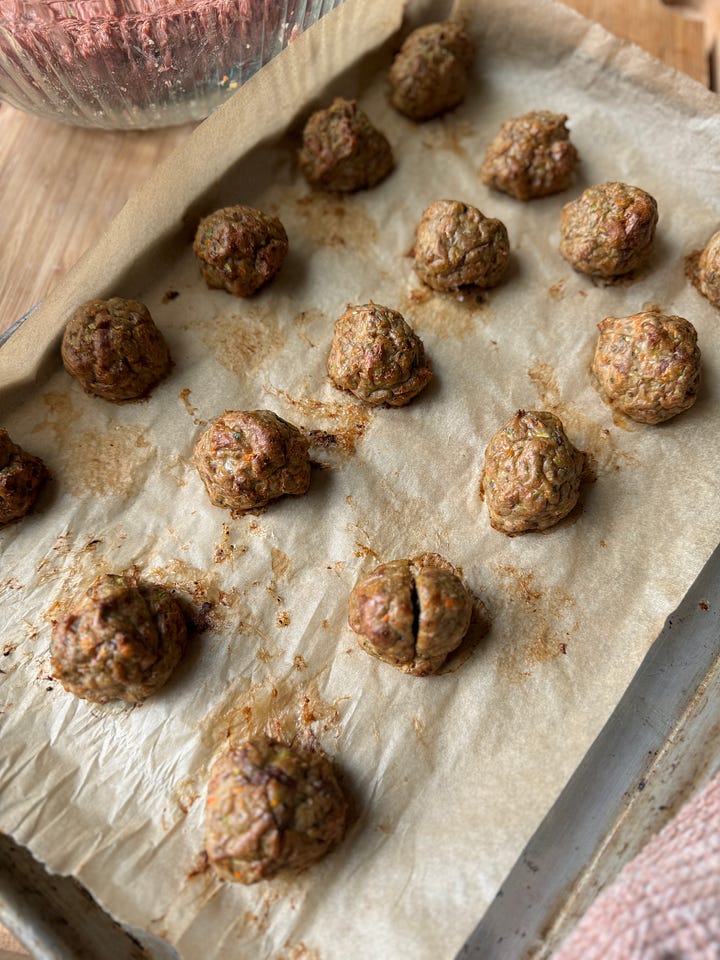
Ground beef is a great source of complete protein, rich in amino acids that are essential for muscle repair, immune function, and overall health. It also provides iron, particularly in the form of heme iron, which is more easily absorbed by the body compared to plant-based iron. Additionally, grass-fed beef is a rich source of omega-3 fatty acids, which help reduce inflammation.
How to use it: I love ground beef because of its versatility — burgers, tacos, meatballs, stir-fries, pasta dishes, casseroles etc... Let me know if I should do a whole post on my favorite budget-friendly ground beef dishes!
2. Eggs: The Nutrient-Dense Superfood
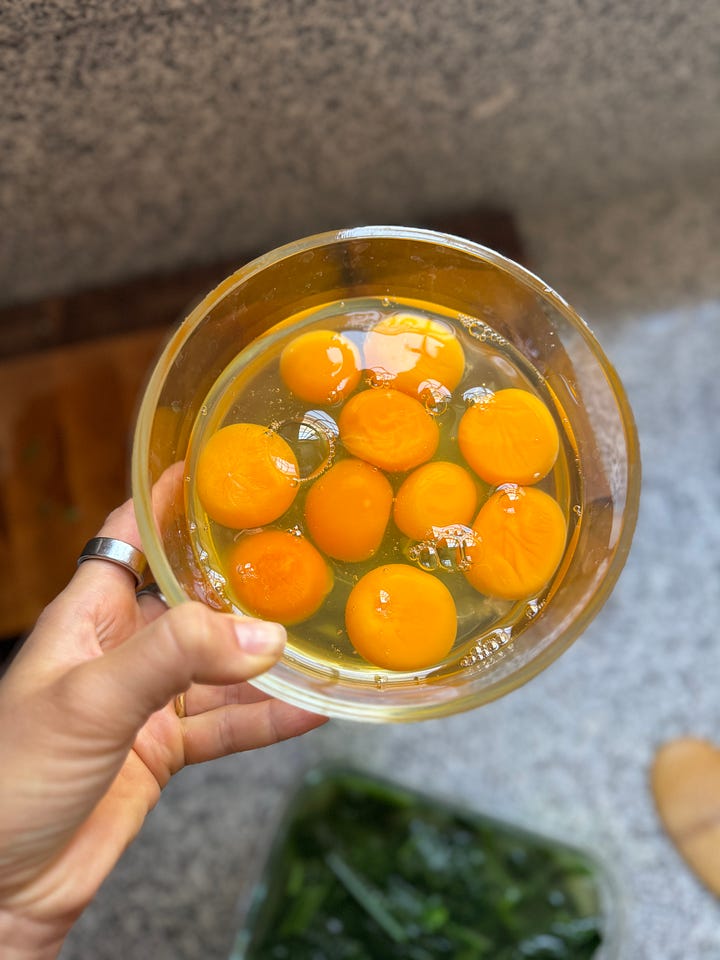

Eggs are one of nature’s most complete foods, packed with protein, healthy fats, and essential micronutrients, including vitamin B12, choline, and selenium. They support brain health, help with muscle repair, and provide sustained energy throughout the day. Eggs are also highly versatile and can be enjoyed in countless ways.
How to use it: The best part is that eggs can be enjoyed in can so many different ways - scrambled, boiled, poached, or added to baking. I love to prep egg bites for a quick and easy breakfast, hide them in my oatmeals, make a big batch of egg salad. Or make a dessert steamed egg, custard dish, or ice cream for a sweet way to add nutrients to your diet! The steamed egg custard recipe in this post is my favorite way to cook eggs when I am in an egg ick:
3. Sea Salt: The Mineral-Rich Seasoning
Unlike regular table salt, sea salt is less processed and retains a higher level of trace minerals like magnesium, calcium, and potassium. These minerals support hydration, nerve function, and muscle health. Sea salt can also help balance electrolytes in the body, especially if you're active or sweating a lot.
How to use it: Use a quality sea salt and use it to season your food or add a pinch to water or beverages to support hydration!
4. Fermented Foods: The Gut Health Enhancer
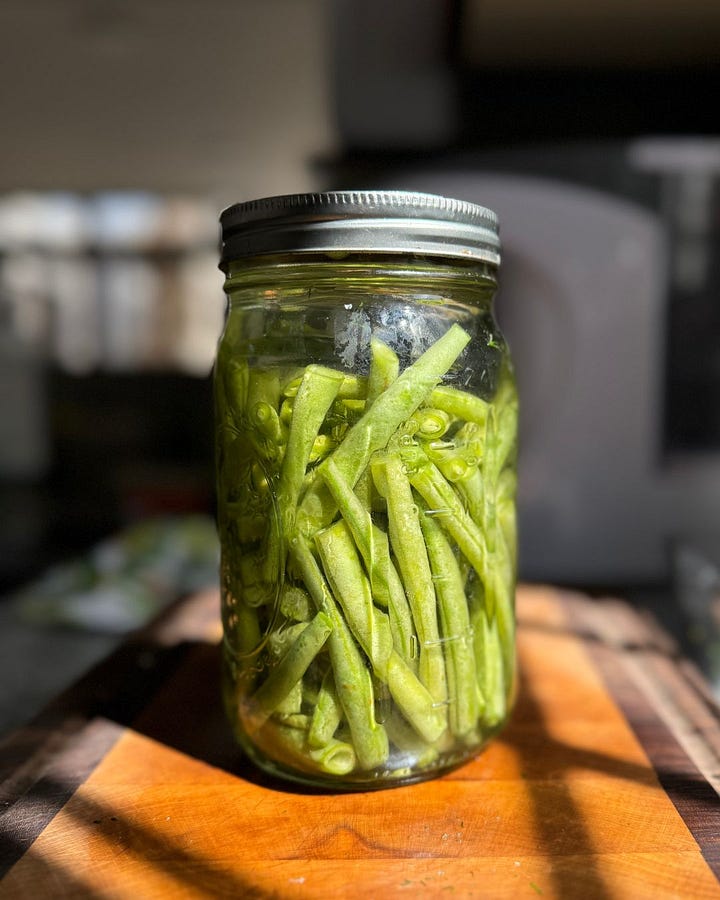
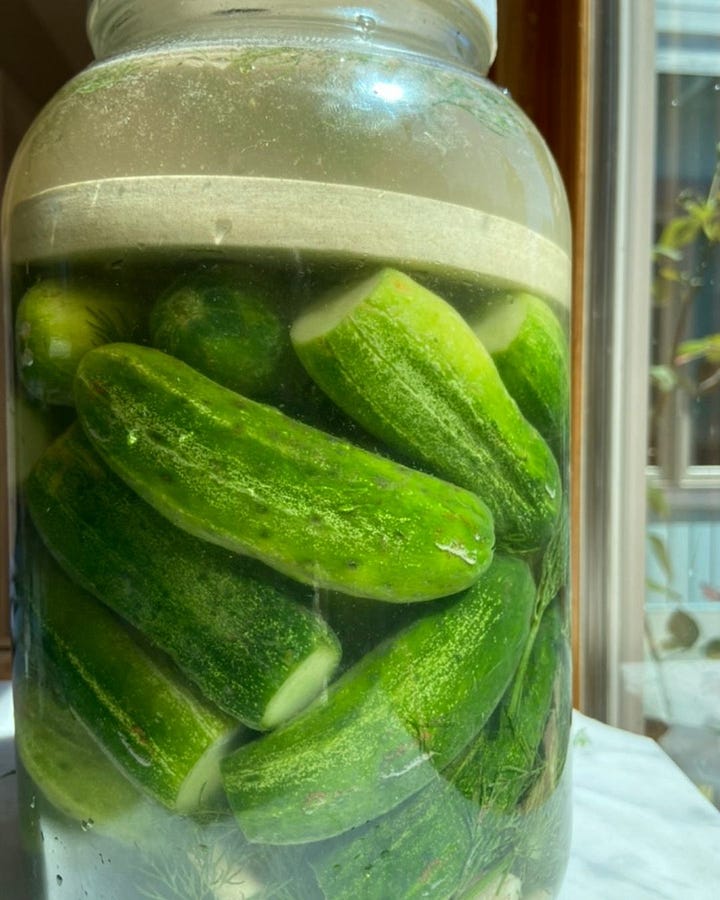
Fermented foods like kimchi, sauerkraut, kefir, yogurt, and miso are rich in probiotics, beneficial bacteria that support a healthy gut microbiome. These foods improve digestion, boost immunity, and even contribute to better mood and mental health by enhancing gut-brain communication.
How to use it: Include fermented foods as sides or condiments in your meals, add them to salads, or enjoy them as snacks. Try these seasonal fermented green beans or these lacto-fermented veggies.
5. Garlic: The Immune Booster
Garlic is one of nature’s most potent and accessible remedies. Rich in allicin, a compound known for its antibacterial and antiviral properties, garlic has been revered for centuries in many cultures. It’s great for boosting the immune system, fighting infections, and even lowering blood pressure.
How to use it: Add crushed or chopped garlic to soups, stews, stir-fries, or salad dressings. To get the most out of garlic’s health benefits, let it sit for a few minutes after crushing it before cooking or adding it to your meal. Try this toum recipe to add more garlic to your diet:
Ingredients:
2 heads of garlic (about ¾ cup peeled garlic cloves)
1 tsp sea salt
¼ cup lemon juice
1 1/2 cups oil (A neutral oil like avocado oil is best, or do half avocado oil and half extra virgin olive oil if you want the added benefits from olive oil. If your olive oil has a strong taste it will be bitter in this sauce so be aware of that)
Directions:
Peel and cut the garlic cloves in half then remove the little sprout in the middle. This is optional but cuts the bitterness of the sauce.
In a large, tall mason jar or food processor add your peeled garlic, sea salt and lemon juice. Process or use your immersion blender to blend into a paste.
Pour in your oil, then lower the immersion blender to the bottom and blend until the mixture emulsifies and starts to turn white, then slowly raise it while the blender is still running to emulsify the entire mixture. This should take about 15-20 seconds total. If you are using a regular blender or food processor, you will want to slowly pour in the oil while the blender is running to allow it to emulsify.
Store this in a jar in the fridge and smother it on anything and everything! It will be quite “spicy” when you first make it but will mellow out over a few hours.
6. Ginger: The Digestive Aid
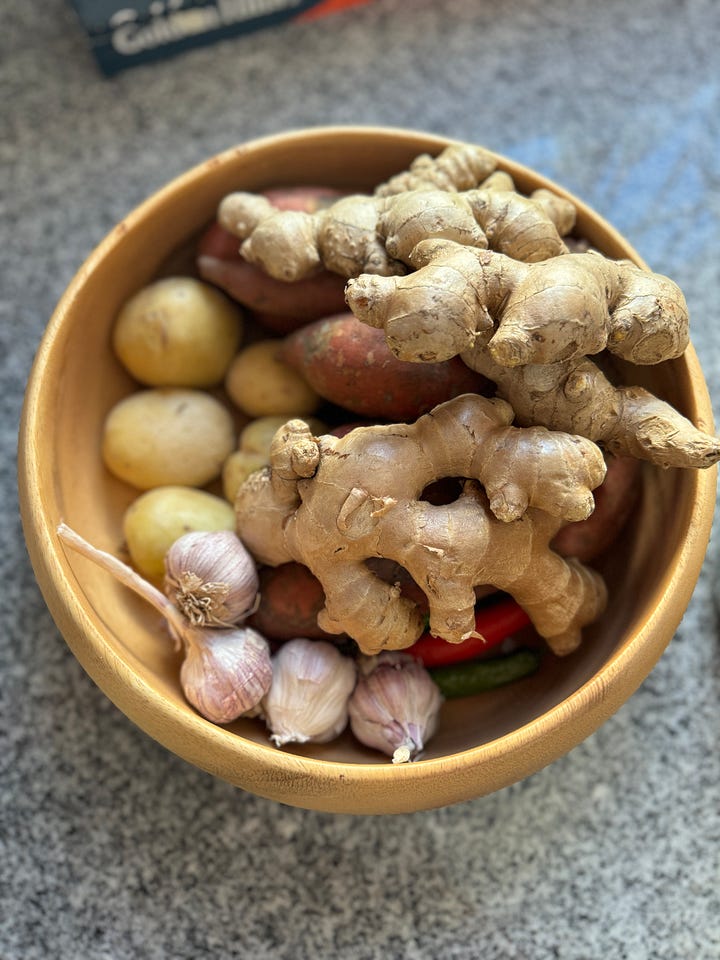
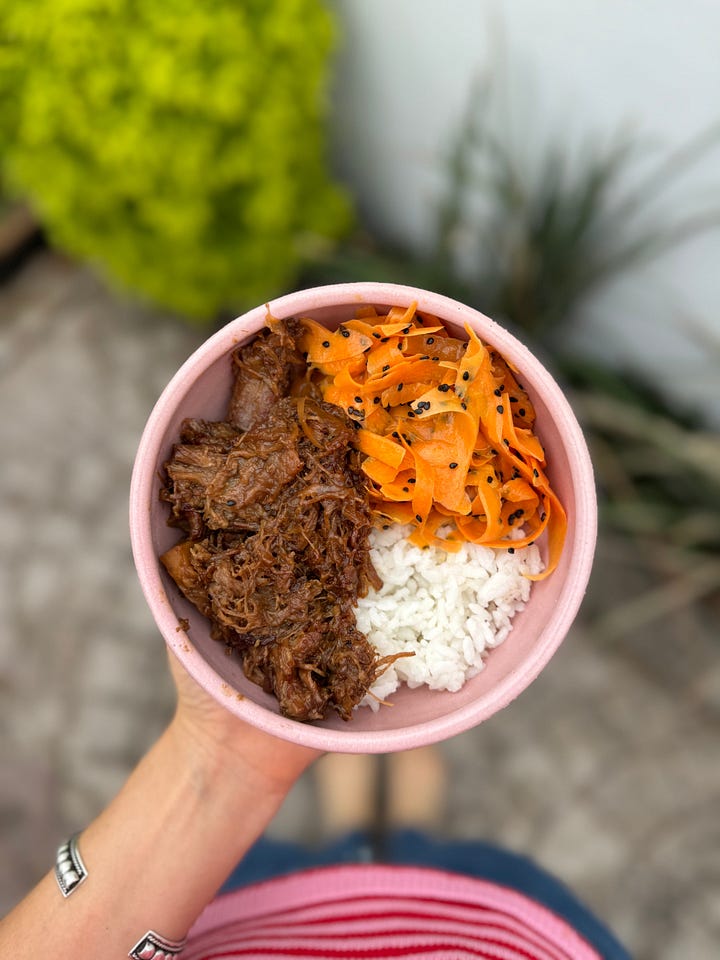
Ginger has been used for millennia in traditional medicine for its ability to soothe the stomach. It’s excellent for easing nausea, reducing inflammation, and improving digestion. The active compounds in ginger, particularly gingerol, help reduce bloating and gas, and it can also be helpful for relieving motion sickness and morning sickness during pregnancy.
How to use it: You can add fresh ginger to smoothies, teas, curries, or soups. Ginger can also be sautéed with vegetables or used in marinades for meats to add flavor and aid digestion. Make this Ginger Tea Concentrate or this Miso Ginger Beef.
7. Turmeric: The Anti-Inflammatory Powerhouse
Known for its vibrant yellow color, turmeric contains curcumin, a compound with powerful anti-inflammatory and antioxidant properties. It’s been used for centuries in Ayurvedic medicine to treat a wide range of ailments, from arthritis to digestive issues. Curcumin has been shown to help reduce inflammation in the body, which can alleviate pain and support overall health.
How to use it: Sprinkle turmeric on roasted vegetables, add it to soups, or mix it into your smoothie for an anti-inflammatory boost. Pair it with black pepper and a fat source to enhance the absorption of curcumin. I love Haldi Doodh (aka Turmeric Latte or Golden Milk) as a warm and cozy caffeine free morning beverage or a relaxing evening treat.
Ingredients:
1 cup milk of choice
1/2 tsp ground turmeric (or 1 tsp freshly grated turmeric)
1/4 tsp ground Ceylon cinnamon
Pinch of black pepper (boosts turmeric absorption)
Small pinch of ground ginger or 1/2 tsp freshly grated ginger
Pinch of cardamom or nutmeg (optional for extra warmth)
1–2 tsp raw honey or maple syrup (to taste)
1/2 tsp coconut oil or ghee (adds richness + absorption support)
Directions:
In a small saucepan over medium heat, add milk, turmeric, cinnamon, black pepper, ginger, and any optional spices. Whisk to combine.
Let the mixture warm until just simmering (do not boil), about 3–5 minutes, whisking occasionally. This helps the flavors infuse.
Stir in raw honey or maple syrup to taste and the coconut oil or ghee. For a frothy latte vibe, blend the mixture in a blender for 10–15 seconds or use a milk frother.
Pour into your favorite mug and enjoy the anti-inflammatory, delicious treat.
8. Cinnamon: The Blood Sugar Regulator
This warm, aromatic spice is not only delicious but also has significant health benefits. Cinnamon has been shown to help regulate blood sugar levels, making it a great choice for those managing diabetes or prediabetes. It can also support heart health by lowering cholesterol levels and has anti-inflammatory properties that help combat oxidative stress. I also love that cinnamon has a natural sweetness so it can be used to sweeten healthier desserts without actually adding sugars.
How to use it: I recommend choosing Ceylon cinnamon rather than cassia cinnamon for regular or high dose consumption since it has lower levels of coumarin, which can be harmful to the liver in high doses. Sprinkle cinnamon in your morning yogurt, stir it into coffee or tea, or use it in baking to add a warming touch. You can even add it to savory dishes like stews or curries for depth of flavor.
9. Apple Cider Vinegar: The Detoxifying Tonic
Apple cider vinegar (ACV) has been used for centuries as a health tonic. ACV contains acetic acid, which may help regulate blood sugar levels, support weight loss, and improve digestion. Taking ACV before a meal can be helpful for improved digestion since it increases acid in the stomach which is needed for breaking down food and using the nutrients.
How to use it: Add a tablespoon of ACV to warm water and sip it in the morning to kick start digestion. Before a carb heavy meal drink 1 tbsp of AVC in water to reduce the glucose impact of the meal. You can also use it in salad dressings, marinades, or as a tangy addition to soups and stews.
10. Raw Honey: The Natural Antiseptic
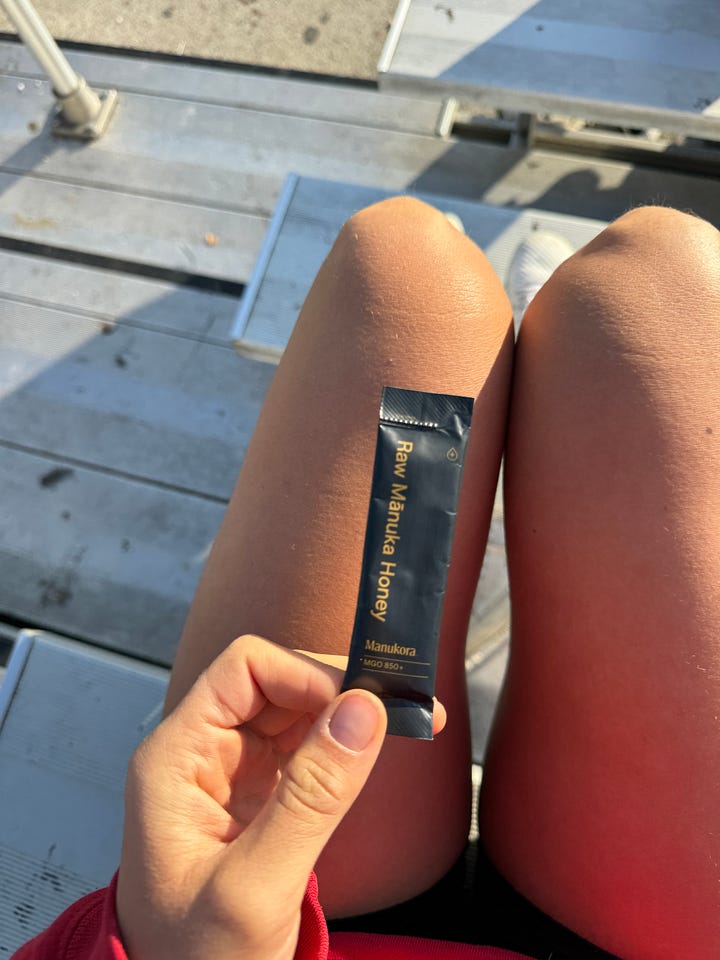
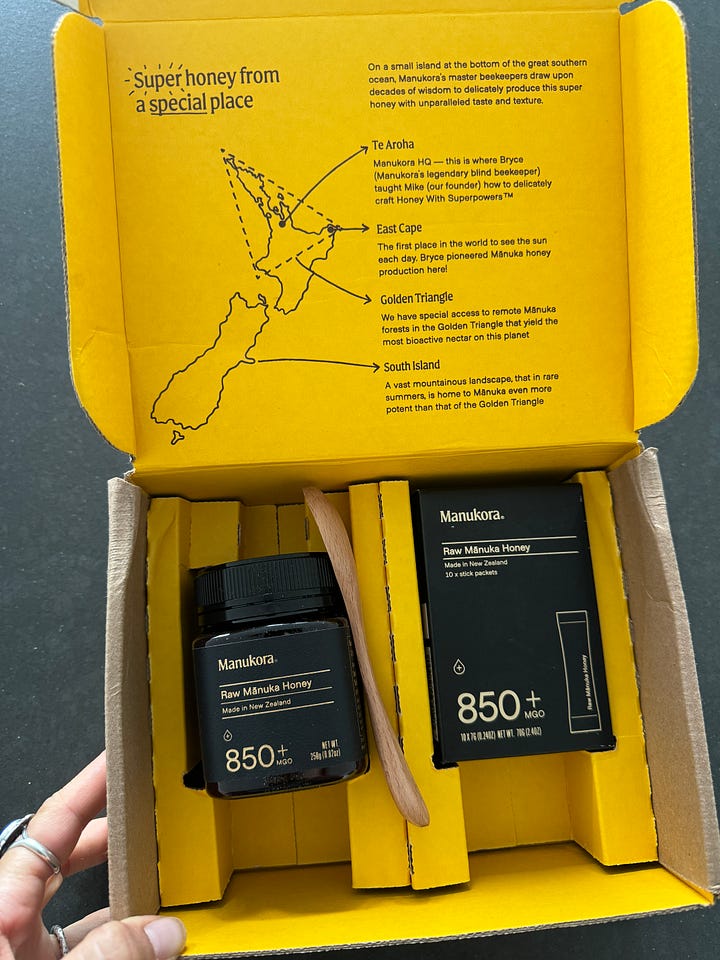
Honey is not only a sweet treat but also a natural antiseptic. It has been used for centuries to treat wounds and burns due to its antimicrobial properties. Honey contains antioxidants and has been shown to improve digestive health, soothe sore throats, and even help manage allergies.
How to use it: Add honey to tea or use it as a natural sweetener in smoothies, yogurt, or baked goods. You can also apply raw honey topically to minor cuts or burns or as a face mask to help speed up the healing process. I also love to use raw honey as a natural preworkout fuel before soccer or other intense exercise.
11. Lemon: The Vitamin C Booster
Lemon is packed with vitamin C, a powerful antioxidant that supports immune function and fights free radicals in the body. Lemons also have detoxifying properties and can aid in digestion and the absorption of nutrients.
How to use it: Squeeze fresh lemon juice into your water for a hydrating boost, drizzle over salads, or add to marinades and sauces. You can also use lemon zest to add a burst of flavor to dishes.
12. Olive Oil: Healthy Fats & Antioxidants!


Extra virgin olive oil is a staple of the Mediterranean diet and is rich in monounsaturated fats that are beneficial for heart health. Olive oil is also packed with antioxidants, which can reduce inflammation and help protect against chronic diseases like heart disease, diabetes, and certain cancers.
How to use it: Use olive oil as your go-to cooking oil, drizzle it on salads, or finish a dish with a drizzle of EVOO. It’s a versatile ingredient that enhances the flavor of almost any dish. I recommend sourcing a quality olive oil and purchase in a dark glass bottle when possible. Store your EVOO in a cool place out of direct sunlight and away from heat.
13. Fresh Fruit: The Antioxidant Boost
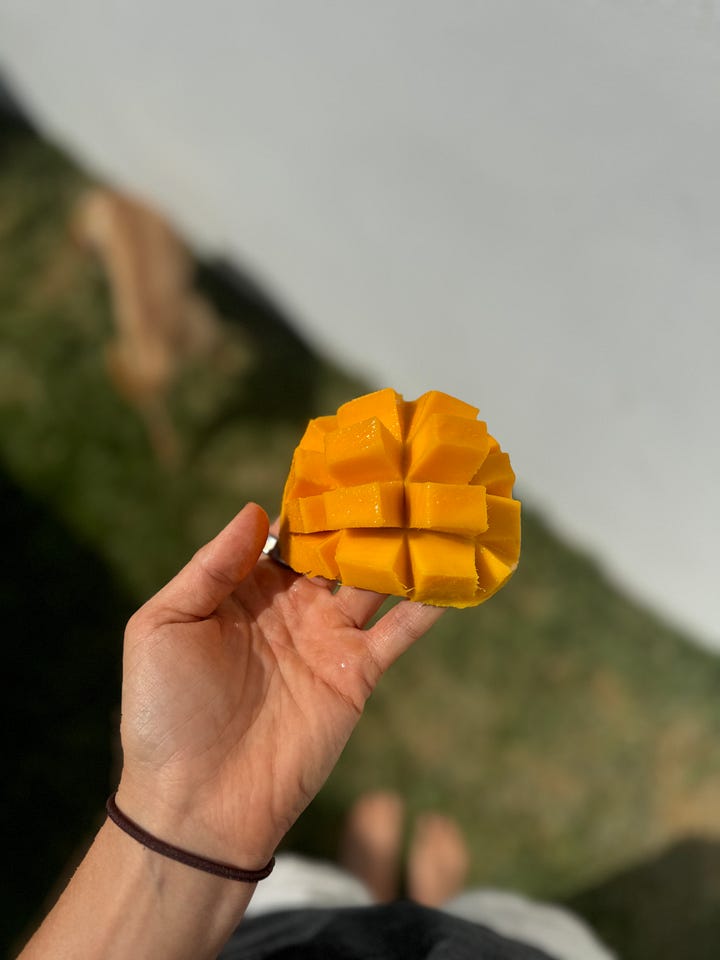

Fresh fruit is not only delicious but also full of antioxidants, vitamins, and fiber that help support your immune system, fight oxidative stress, and improve digestion. Fruits like berries, citrus, and apples are particularly rich in vitamin C and other essential nutrients.
How to use it: Enjoy seasonal organic fresh fruit as a snack, in smoothies, or as part of a breakfast or dessert.
14. Beans: The Gut-Healthy Fiber Source
Beans are an excellent source of prebiotic fiber to feed our good gut bugs and support a healthy microbiome. They also offer a variety of essential minerals like iron, magnesium, and potassium. This cheap pantry staple can help stabilize blood sugar, improve digestion, and support heart health.
How to use it: Add beans to soups, stews, salads, or tacos. You can also make homemade bean dips for an easy source of fiber.
15. Matcha & Green Tea: The Antioxidant Powerhouse
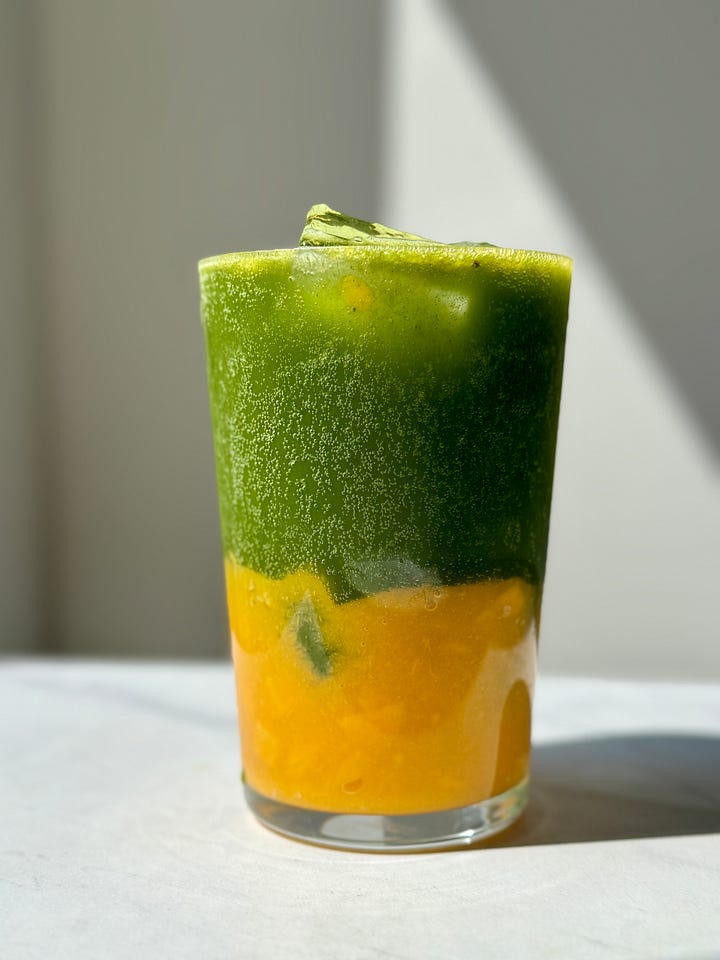
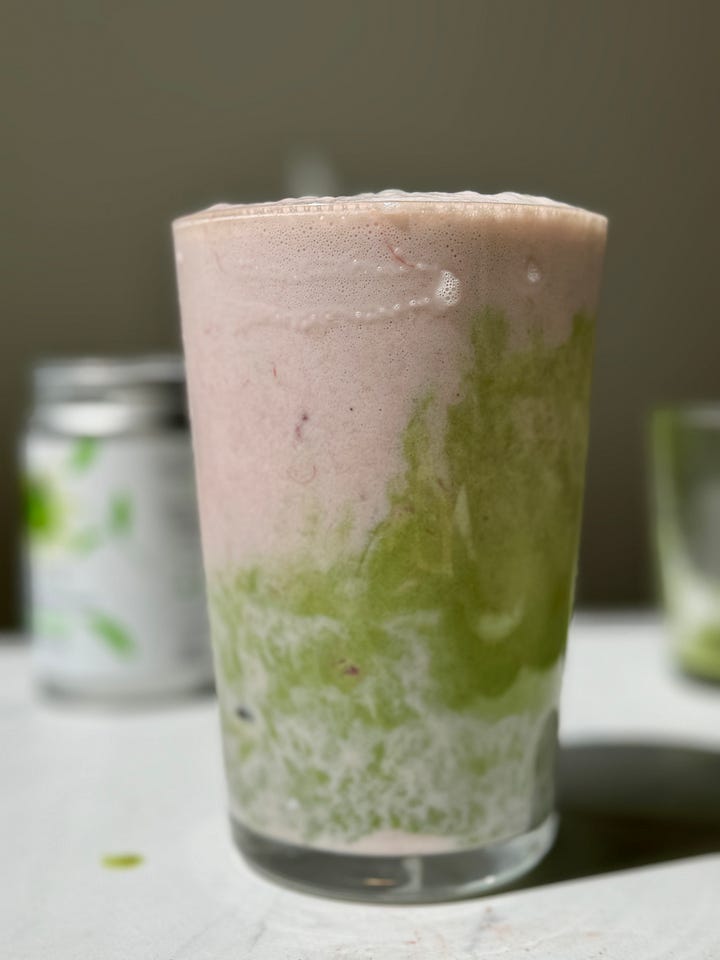
Both matcha and green tea are rich in catechins, a type of antioxidant that helps fight free radicals and reduce inflammation. These beverages can support metabolism, improve brain function, and even lower the risk of chronic diseases like heart disease and cancer.
How to use it: Enjoy a cup of matcha or green tea in the morning for a natural energy boost. For matcha, always source from a quality brand that tests for heavy metals and other toxins, since they can accumulate easily in powdered products. This is the matcha powder that I use. Here is a full post on matcha with recipes:
16. Tinned Fish: The Convenient Omega-3 Source
Tinned fish, such as sardines, mackerel, or tuna, is an affordable and convenient source of omega-3 fatty acids, which are essential for brain health and reducing inflammation. They also provide high-quality protein and important minerals like calcium (from the bones in sardines) and vitamin D.
How to use it: Tinned fish is perfect for quick meals like salads, pasta dishes, or wraps. You can also enjoy them on crackers or make a quick fish spread for toast. Here are tons of sardine recipe ideas!
Kitchen Medicine: A Holistic Approach to Health
I don’t believe food is the only medicine we need — and I fully support a quality wellness product or targeted supplement protocol — but by starting with the ingredients that we already have we can have profound impacts and save tons of money. Each of these ingredients not only adds flavor to your meals, but also provides unique healing properties that can support your immune system, digestion, metabolism, and overall wellness. By making small, mindful adjustments to what you eat and how you cook, you can harness the medicine already available to you—right at home.
How many of these ingredients do you already have in your kitchen? Tell me in the comments if you enjoy this type of content and find it helpful and let me know which ingredients you need some more recipe inspo for!





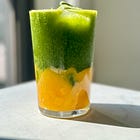

I have everything except matcha.
Do you have a link for the fermented green beans? I don't have Instagram!